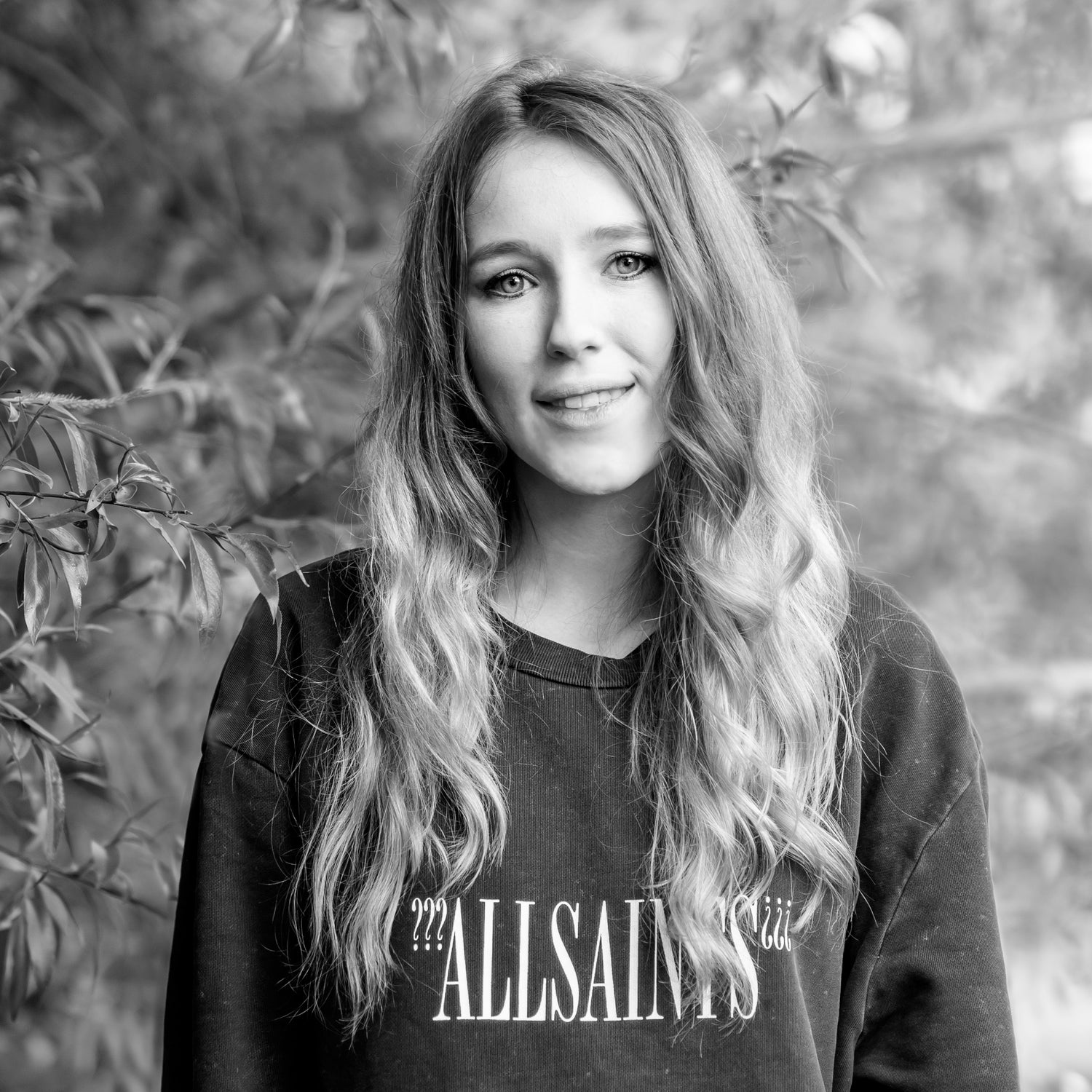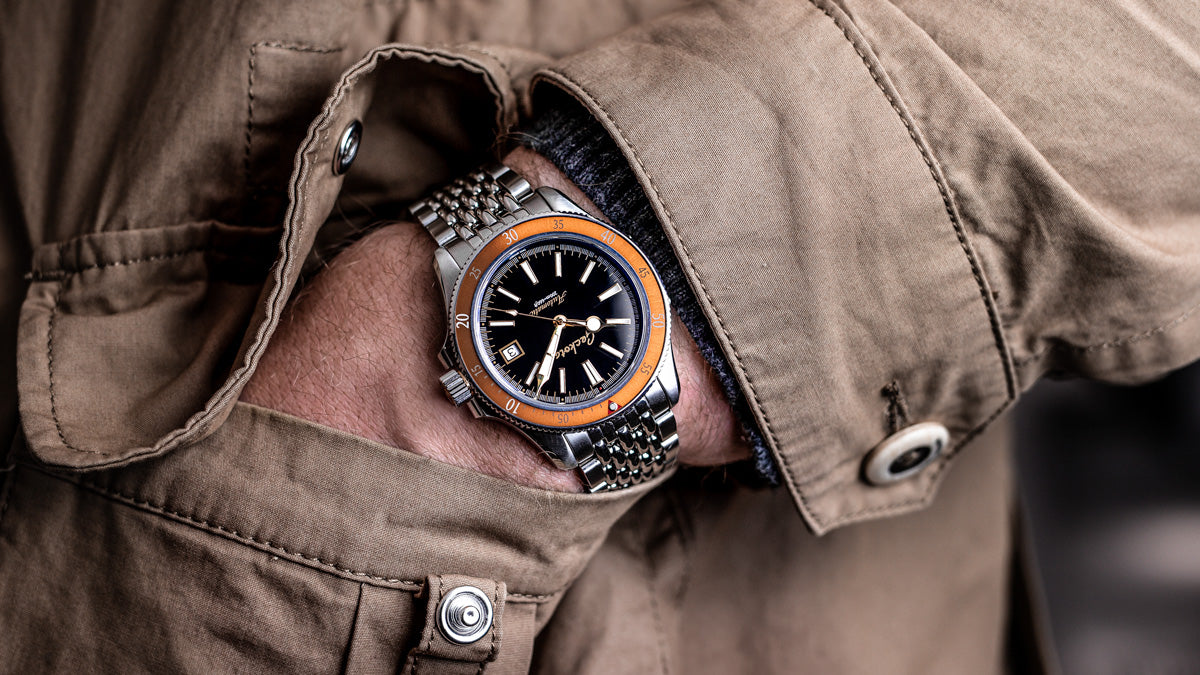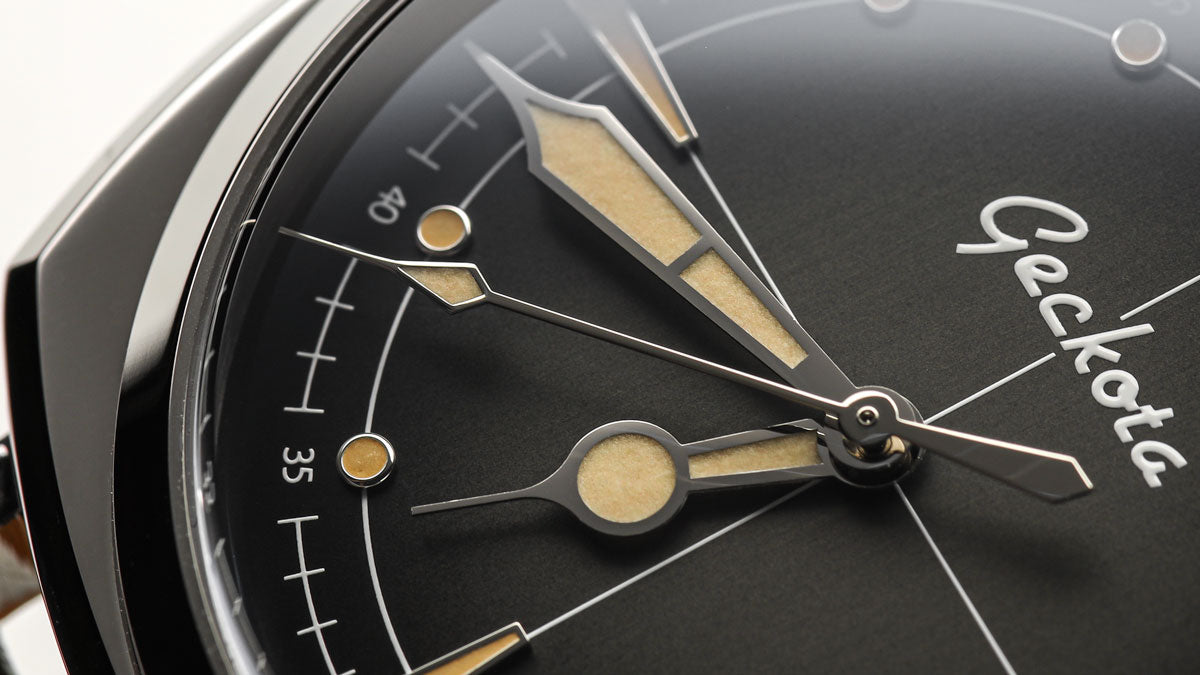WORLDWIDE SHIPPING ALL TAXES PRE-PAID
WORLDWIDE SHIPPING ALL TAXES PRE-PAID
WORLDWIDE SHIPPING ALL TAXES PRE-PAID


Categories
October 31, 2019 4 min read
 Geckota E-01 Gen 2 - Image Credit Geckota - Camera: Canon EOS 700D, Lens: Sigma 105mm, ISO: 100, Aperture: f/2.8, 1/125 sec.
Geckota E-01 Gen 2 - Image Credit Geckota - Camera: Canon EOS 700D, Lens: Sigma 105mm, ISO: 100, Aperture: f/2.8, 1/125 sec. Image Credit Geckota - Camera: Canon EOS 700D, Lens: Sigma Art Prime 50mm, ISO: 400, Aperture: f/1.8, 1/80 sec.
Image Credit Geckota - Camera: Canon EOS 700D, Lens: Sigma Art Prime 50mm, ISO: 400, Aperture: f/1.8, 1/80 sec. The Geckota C-03 - Image Credit Geckota - Camera: Canon EOS 700D, Lens: Sigma Art Prime 50mm, ISO: 100, Aperture: f/5.6
The Geckota C-03 - Image Credit Geckota - Camera: Canon EOS 700D, Lens: Sigma Art Prime 50mm, ISO: 100, Aperture: f/5.6 Image Credit Geckota
Image Credit Geckota
 The Geckota E-01 - Image Credit Geckota - Camera: Canon EOS 700D, Lens: Sigma 105mm EX DG OS HSM, ISO: 100, Aperture: f/5.6
The Geckota E-01 - Image Credit Geckota - Camera: Canon EOS 700D, Lens: Sigma 105mm EX DG OS HSM, ISO: 100, Aperture: f/5.6 The Geckota G-02 - Image Credit Geckota - Camera: Canon EOS 700D, Lens: Sigma Art Prime 50mm, ISO: 100, Aperture: f/4.8
The Geckota G-02 - Image Credit Geckota - Camera: Canon EOS 700D, Lens: Sigma Art Prime 50mm, ISO: 100, Aperture: f/4.8 Image Credit Geckota
Image Credit Geckota

February 08, 2024 2 min read
Read More
About the Author: Alice Anderson
About the Author: Alice Anderson
I'm the Photographer here at WatchGecko. My love of watch photography has become a bit of an obsession, where every day I can expand my creativity whilst working with some really interesting watches that keep my passion alive.
More Articles by Alice Anderson